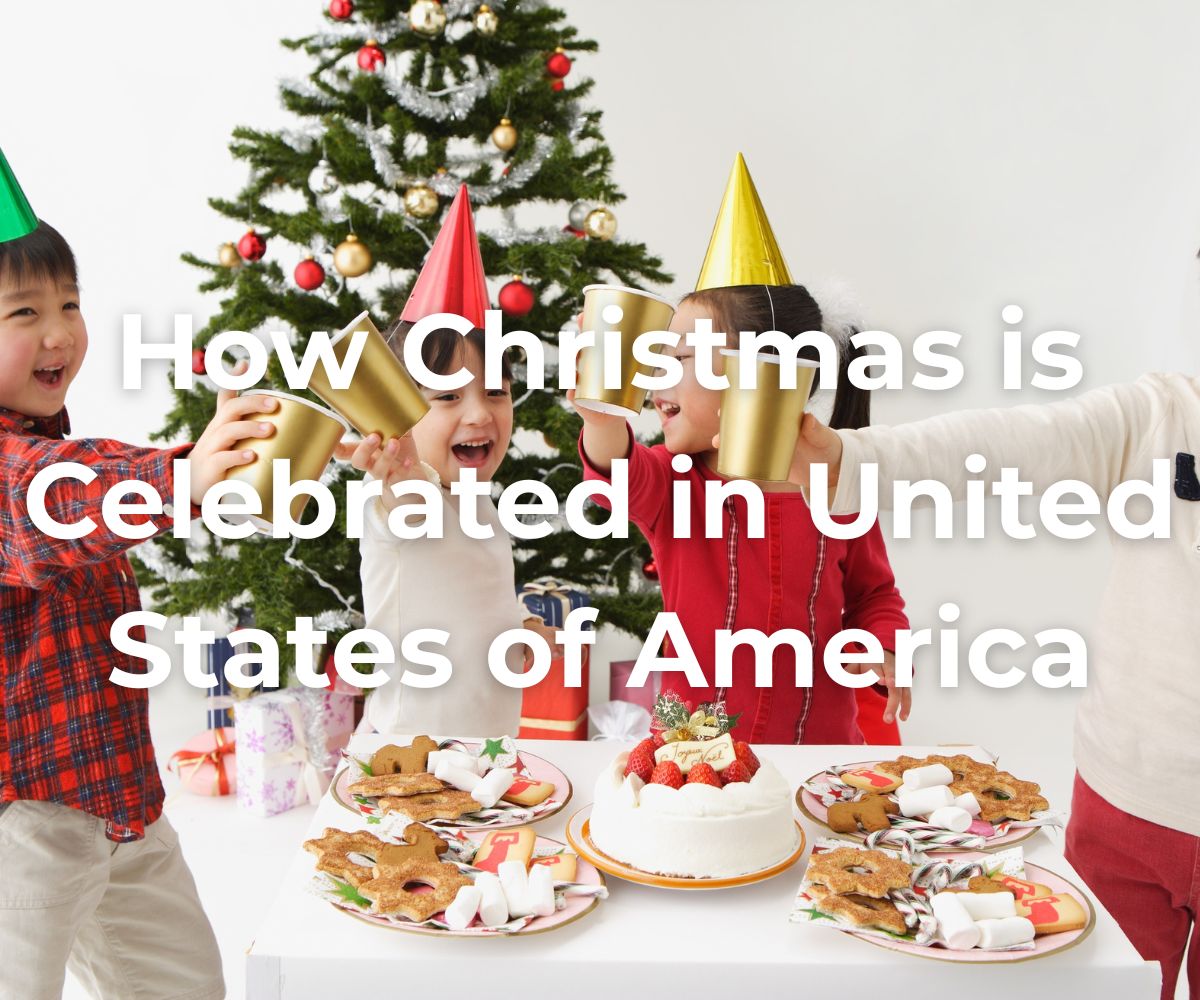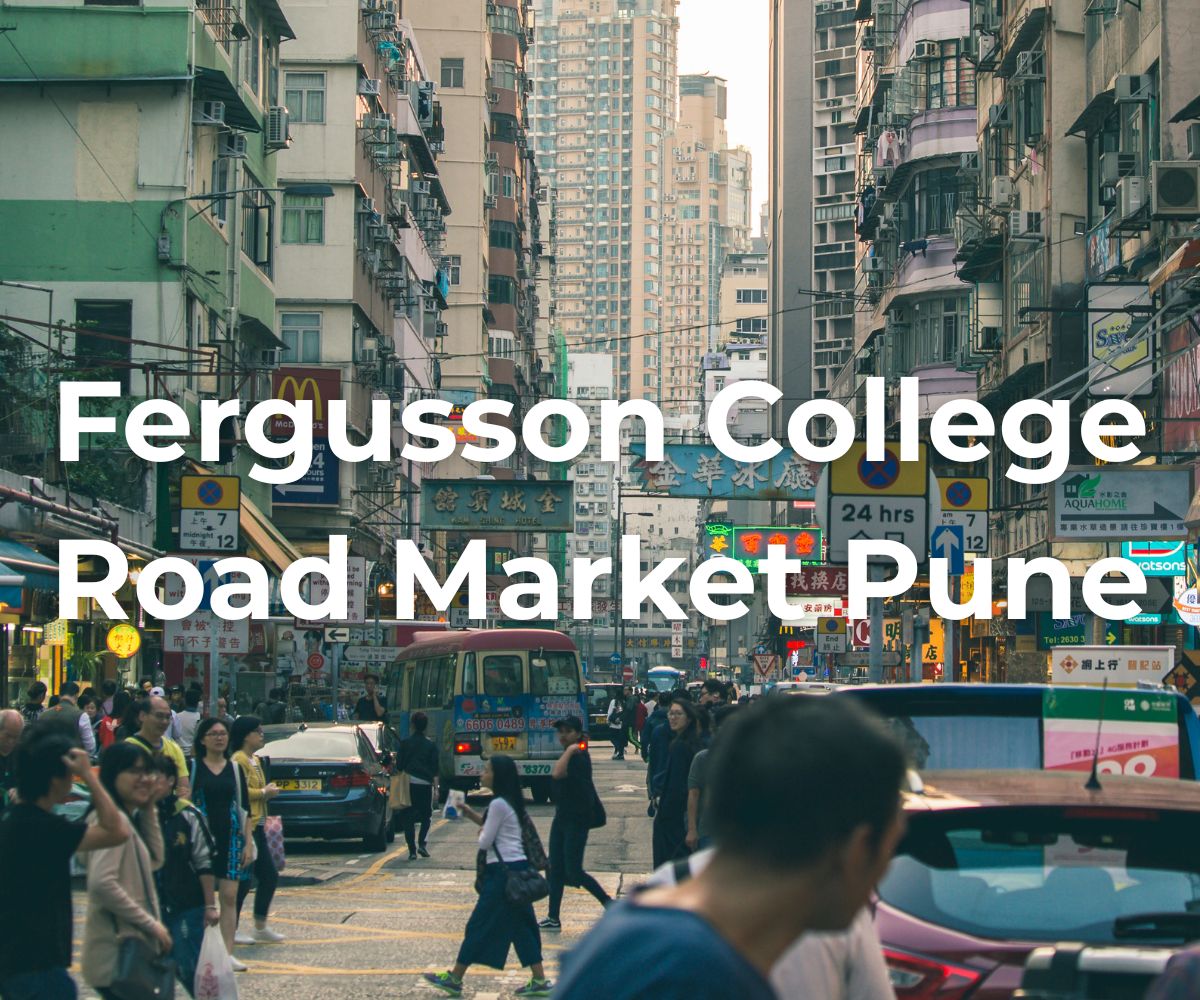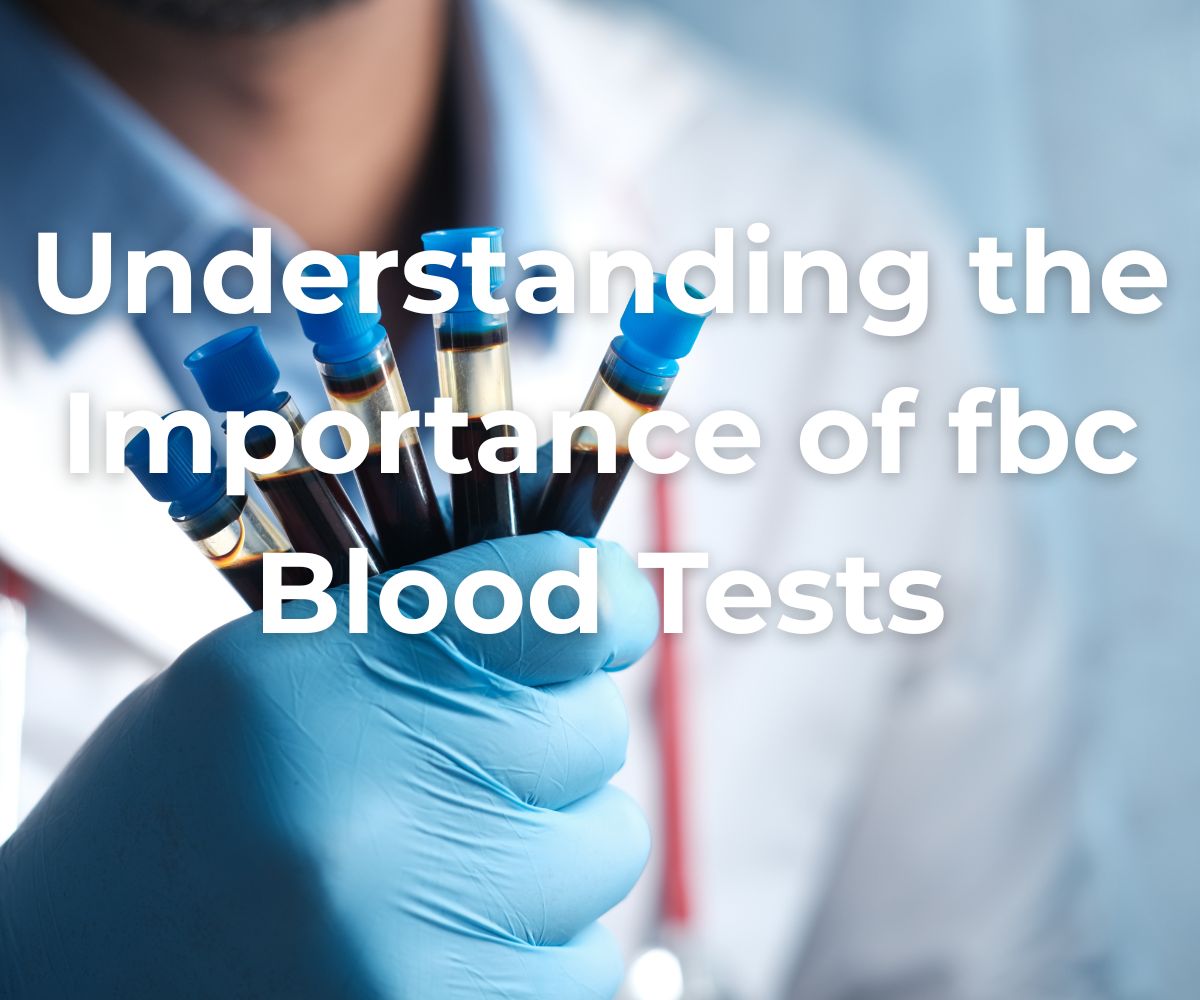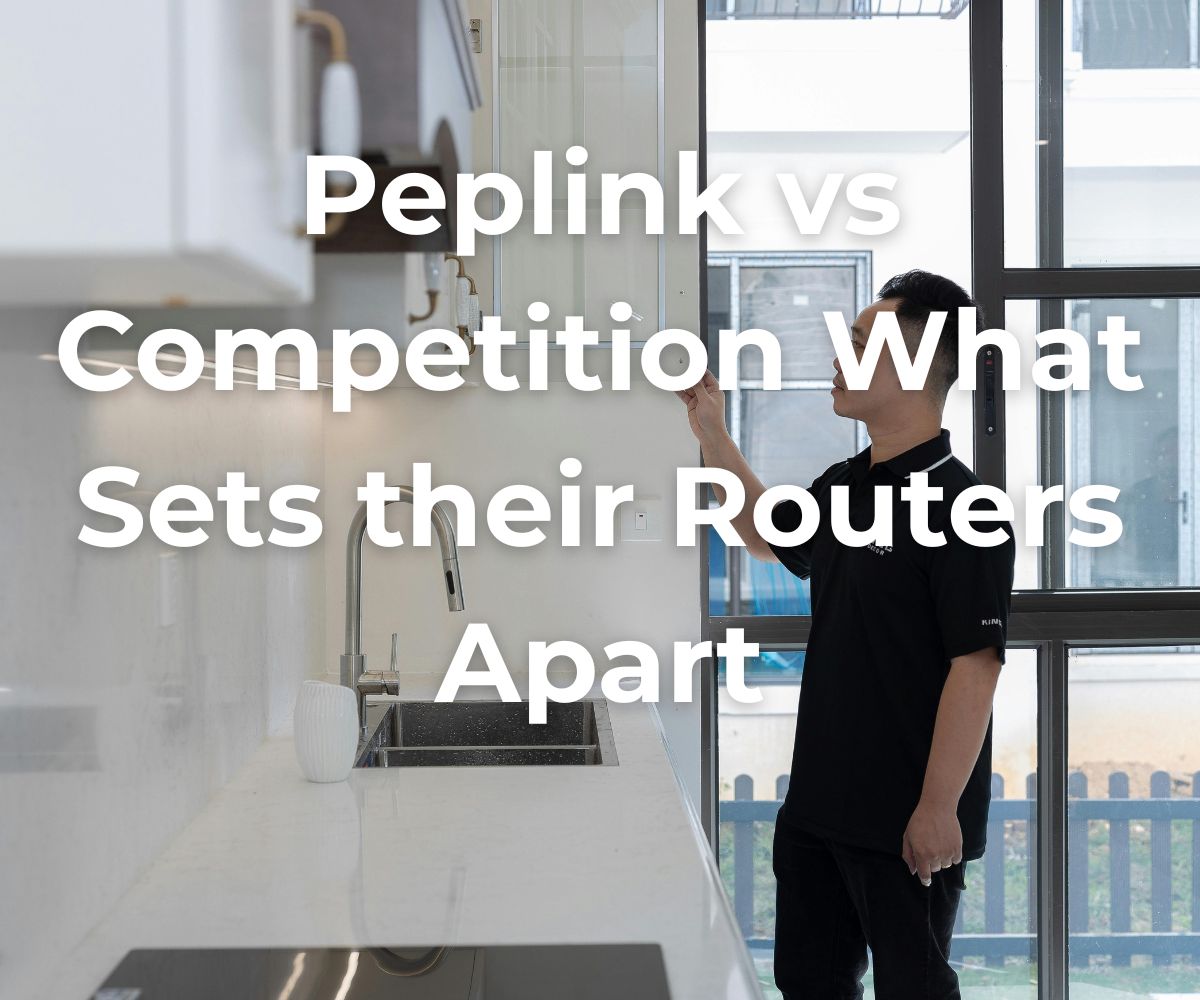Black Friday and Cyber Monday How Retail and Culture Continue to Intertwine
Description
Black Friday and Cyber Monday: How Retail and Culture Continue to Intertwine
Introduction
Every November, two retail juggernauts dominate both physical stores and digital screens worldwide — Black Friday and Cyber Monday. What started as post-Thanksgiving sales in the United States has become a global cultural and economic phenomenon. These events not only fuel massive spending but also mirror evolving consumer psychology, technological innovation, and ethical debates in modern commerce.
The Historical Evolution: From Streets to Screens
The origins of Black Friday date back to the 1950s in Philadelphia, where police used the term to describe the chaos caused by shoppers and tourists crowding the city after Thanksgiving. Over time, retailers rebranded it as the day they went from “in the red” to “in the black”—turning a profit as the holiday shopping season began.
Cyber Monday entered the scene in 2005 when the National Retail Federation noticed online sales spiking on the Monday after Thanksgiving. It was the dawn of e-commerce, and this digital counterpart offered shoppers an alternative — deals without the crowds. Together, these events redefined consumer behavior, marking the official kickoff of the global holiday shopping season.
The Transformation: Retail’s Omnichannel Revolution
The distinction between Black Friday and Cyber Monday has nearly disappeared. The modern retail landscape is defined by omnichannel strategies that integrate online, mobile, and in-store experiences. The phenomenon has expanded into a full “Cyber Week,” reflecting how technology has blurred the line between physical and digital shopping.
Retailers now deploy AI-driven recommendations, personalized discounts, and predictive analytics to anticipate consumer needs. Shoppers toggle between mobile apps and physical outlets, using features like “Buy Online, Pick Up In Store” (BOPIS) and augmented reality (AR) previews. The culture of instant gratification and digital fluency has made seamless integration not just a perk, but an expectation.
The Psychology of the Sale: Urgency, FOMO, and Reward
The enduring power of Black Friday and Cyber Monday lies in human psychology. These events thrive on urgency, scarcity, and emotional satisfaction.
-
Fear of Missing Out (FOMO): Limited-time deals and countdown timers trigger a psychological response that compels immediate action.
-
The Thrill of the Hunt: Whether lining up outside a store or racing through digital carts, consumers chase the emotional high of finding the perfect deal.
-
Social Validation: Posting “haul” videos or sharing discounts online transforms shopping into a communal ritual — a blend of entertainment, identity, and social proof.
-
Permission to Splurge: Culturally, these sales provide an annual justification to indulge, turning consumerism into celebration
The dopamine-driven excitement mirrors broader social trends — people don’t just buy products; they buy the experience of getting them.
The Cultural Mirror: Shopping as a Shared Ritual
Black Friday and Cyber Monday are no longer mere commercial events; they are cultural spectacles. Families plan shopping trips after Thanksgiving dinner. Friends exchange discount codes. Influencers curate “must-buy” lists. These traditions have turned consumption into a shared ritual that bridges generations.
Globally, the events transcend their American origins. In India, Brazil, and the UK, November sales rival local holidays. Even in regions without Thanksgiving, the allure of discounts and social participation drives adoption. Shopping has become both personal and performative — a way to express identity, taste, and even values.
Economic Impact: Billions in a Weekend
By 2025, analysts project that global Black Friday and Cyber Monday sales will surpass $200 billion collectively. In the United States alone, retail giants like Amazon, Walmart, and Target dominate the digital arena, while smaller brands rely on niche marketing and influencer partnerships to compete. AI tools track consumer sentiment in real-time, optimizing prices and promotions minute by minute.
The weekend serves as a critical barometer for economic health. Strong sales signal consumer confidence, while slower spending can reflect inflationary pressures or shifting priorities. For small businesses, participation often determines annual profitability.
Technology at the Core: AI, AR, and Mobile Commerce
Technology has completely reshaped how we shop. Artificial intelligence personalizes experiences, while automation handles logistics and supply chain efficiency.
-
AI and Data Analytics: Predictive algorithms identify consumer intent and tailor recommendations. Retailers now use machine learning to adjust inventory, ensuring popular products remain in stock.
-
Augmented and Virtual Reality: AR tools let consumers try on apparel or visualize furniture before purchase, bridging the gap between tactile and digital experiences.
-
Mobile Dominance: In 2025, more than 70% of Cyber Week purchases are made through mobile devices. The rise of one-click checkout and digital wallets has made transactions faster and more secure.
-
Social Commerce: Platforms like TikTok Shop and Instagram Reels have blurred the line between socializing and shopping. Viral trends now drive retail demand as much as advertising does.
This convergence of entertainment, convenience, and personalization defines the future of consumer culture.
Ethical Consumption: The Countermovement
Amid the frenzy, ethical concerns loom large. Environmentalists criticize Black Friday for fueling overproduction, waste, and unsustainable fast fashion cycles. In response, a growing countermovement promotes mindful consumption.
Campaigns like “Green Friday” and “Buy Nothing Day” encourage sustainability over spending. Some brands, such as Patagonia, have chosen to close stores or donate profits to environmental causes on weekends. Consumers are also shifting—prioritizing eco-friendly packaging, ethical sourcing, and transparent business practices.
This conscious shift reflects a cultural evolution: consumption is no longer just about acquiring goods, but about aligning purchases with values.
The Global Dimension: Localization and Adaptation
What began as an American phenomenon has become a global template for retail success. Yet, each region interprets it differently.
-
Europe: The UK and Germany have embraced Black Friday as part of their holiday calendars, though growing backlash against “consumer chaos” has led to more moderate approaches.
-
Asia: China’s Singles’ Day, held earlier in November, has become the world’s largest shopping festival, influencing how other countries approach Cyber Week.
-
Latin America: Nations like Brazil and Mexico have integrated the event into local e-commerce ecosystems, using it to promote regional brands and digital payments.
The cultural adaptation of these events underscores their universality — everyone values a good deal, but how they celebrate it reflects local values and traditions.
The Emotional and Social Dimensions of Shopping
Beyond sales figures, these events highlight the intersection of commerce and emotion. Shopping has become performative, social, and emotional. For some, it’s a form of stress relief; for others, it’s a way to bond or assert control in uncertain times.
The communal aspect — whether sharing carts online or attending in-person events — transforms shopping into a participatory spectacle. It’s storytelling through consumption, where each purchase symbolizes belonging in a global ritual of modern life.
Post-Pandemic Realities: Hybrid Shopping as the New Normal
The pandemic accelerated e-commerce adoption and redefined consumer expectations. As of 2025, shoppers demand flexibility: they research online, compare across devices, and choose between in-store pickup or same-day delivery.
Retailers that embrace hybrid models — combining digital efficiency with physical engagement — thrive. Augmented-reality showrooms, AI chatbots, and instant customer support make purchasing smoother and more interactive. This hybridization marks a permanent cultural shift where the act of shopping is no longer bound by location or medium.
Future Outlook: Personalization, Purpose, and Digital Immersion
The future of Black Friday and Cyber Monday will be shaped by personalization, purpose-driven branding, and immersive technology.
-
Hyper-Personalized Deals: AI will create individualized sales experiences, predicting what shoppers want before they search.
-
Sustainable Innovation: Expect more eco-conscious campaigns, from carbon-neutral shipping to recyclable packaging.
-
Virtual Retail Spaces: Virtual reality malls may soon allow shoppers to “walk” through stores from home.
-
Purpose-Driven Brands: Gen Z and younger consumers are demanding authenticity. Brands that blend affordability with ethics will dominate.
By merging convenience with conscience, retailers are redefining what it means to shop in the digital age.
Conclusion
Black Friday and Cyber Monday are more than sales events — they are cultural barometers reflecting how society values technology, identity, and community. What began as simple discount days has evolved into a complex fusion of commerce, psychology, and cultural expression.
These events remind us that shopping isn’t just about products; it’s about participation. Whether we scroll, click, or queue in person, we’re part of a shared global story — one that continues to shape how we connect, spend, and express who we are in a world where retail and culture are inseparable.




















